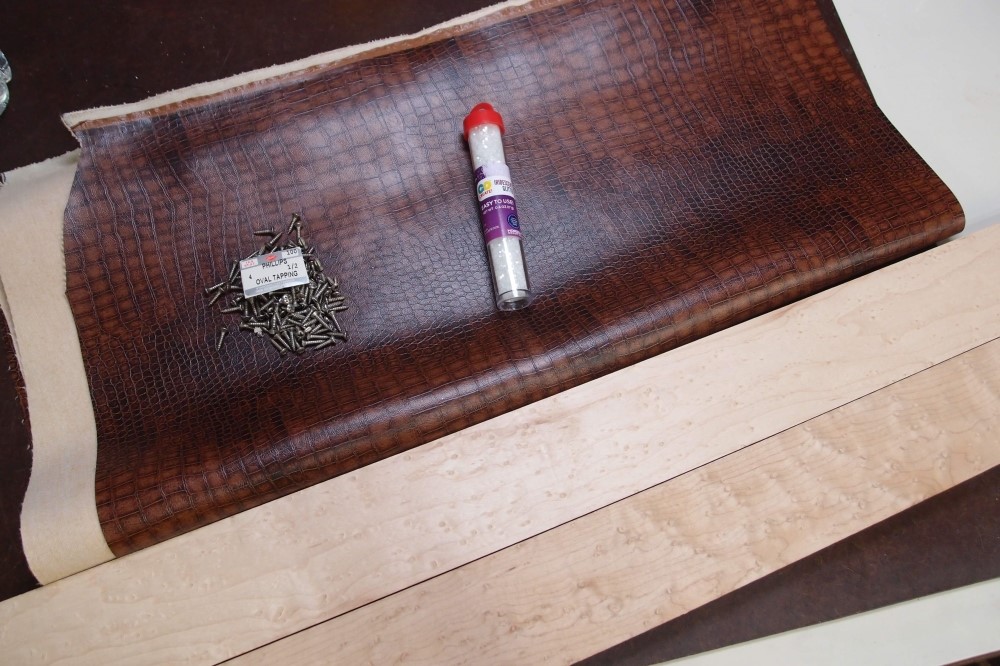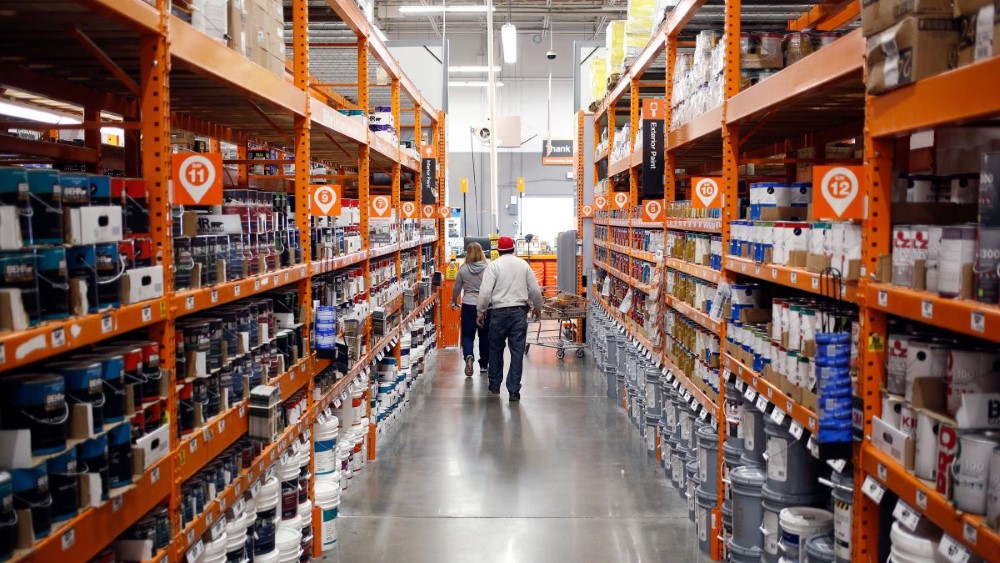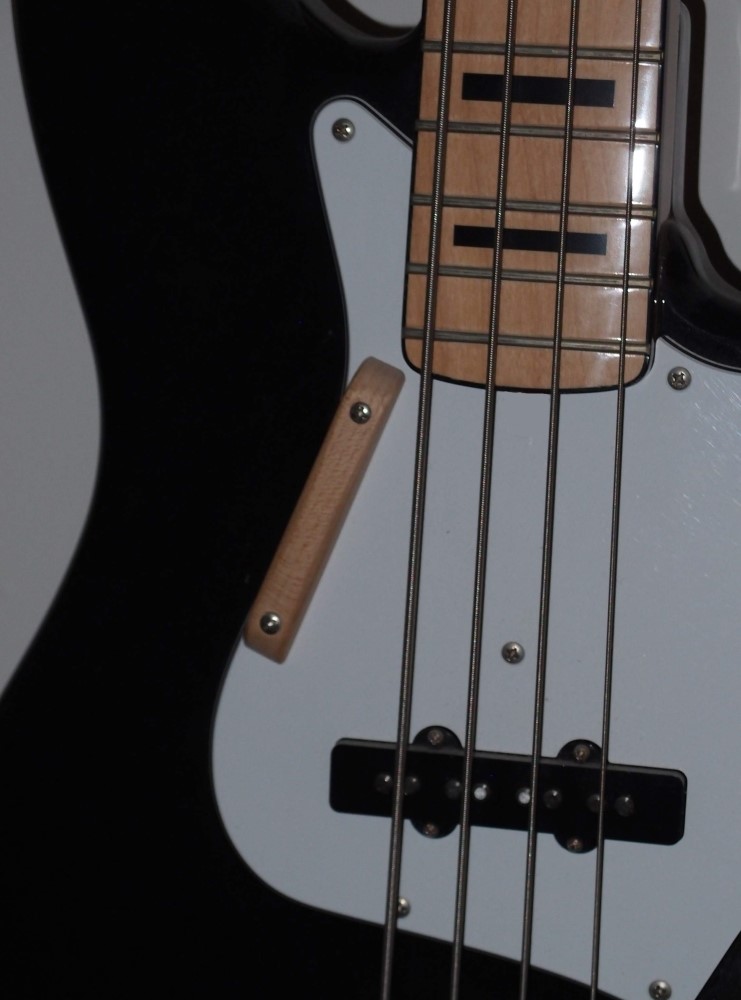Fasteners

Went shopping for luthiery supplies yesterday, here is some of the loot. At the marina store, I got 100 Fender pickguard screws, otherwise known as SS #4 1/2" oval head, six cents each. ( 50 cents each at StewMac. Seriously !!! )
Pretty much everybody uses #4 screws for pickguards, except Gibson, they use #3.
M3 Threads
M3 stands for metric 3mm, a standard machine thread that is extremely common on everything but American-made guitars. For example, on an import Fender-style bridge, all of the saddle adjusting screws are M3.
I was strolling through the Luthiery section at Home Depot and noticed that they had a wide assortment of M3 hardware in both bright stainless Philips head and black oxide hex head. A good thing to remember. Too bad they don’t have headless ones, but you can find them online. BoltDepot.com


Questions or Inquiries?
Just want to say Hello? Sign the .